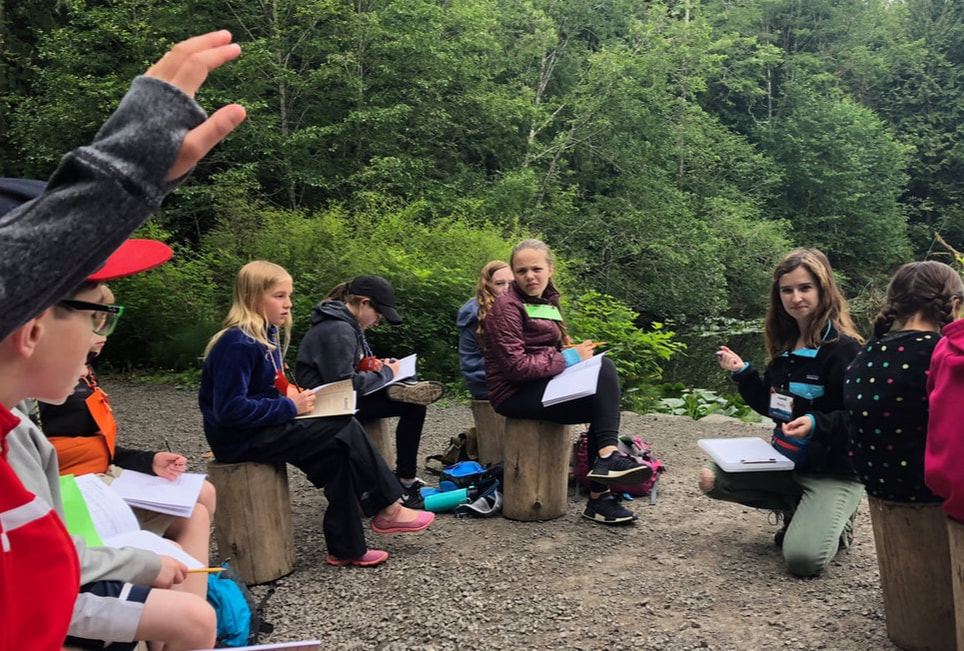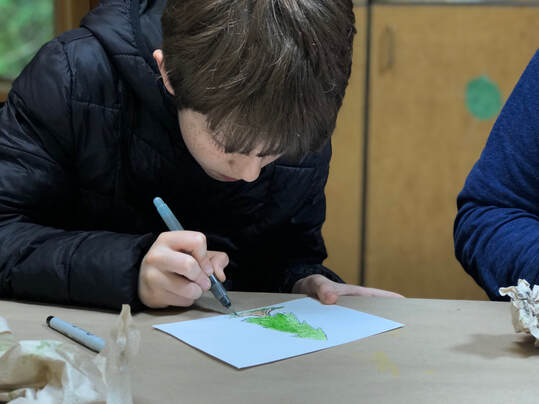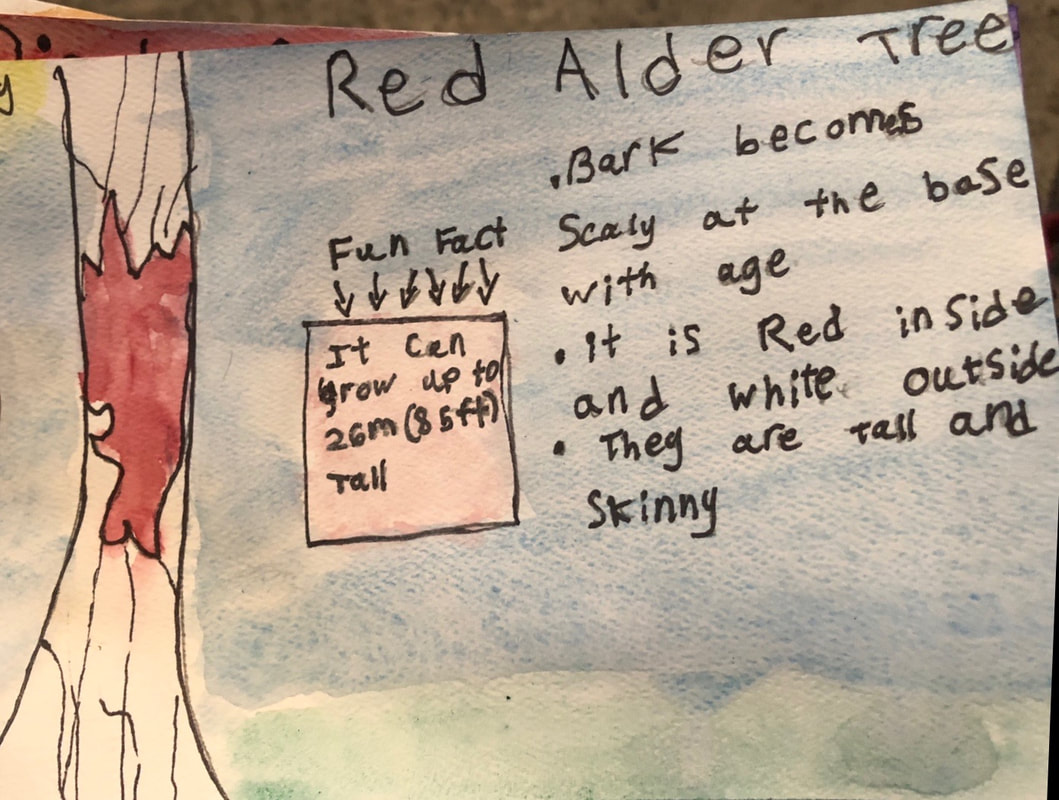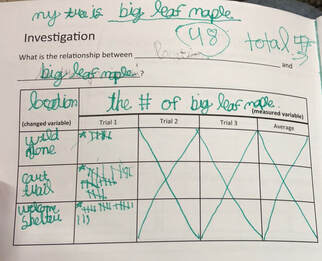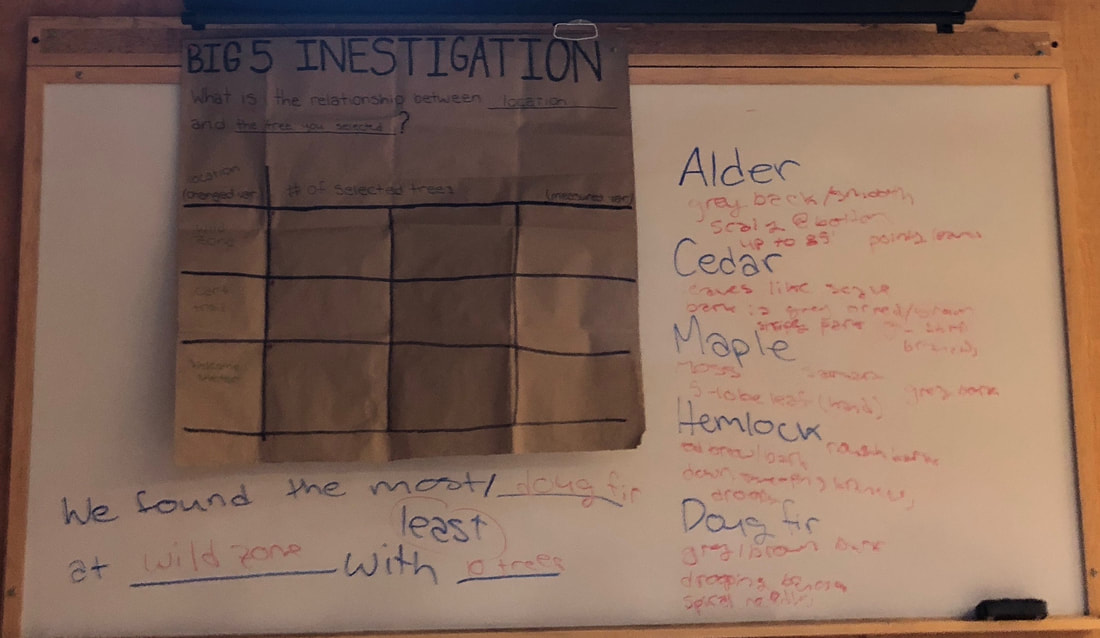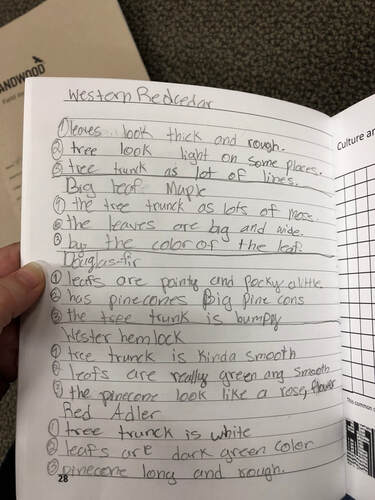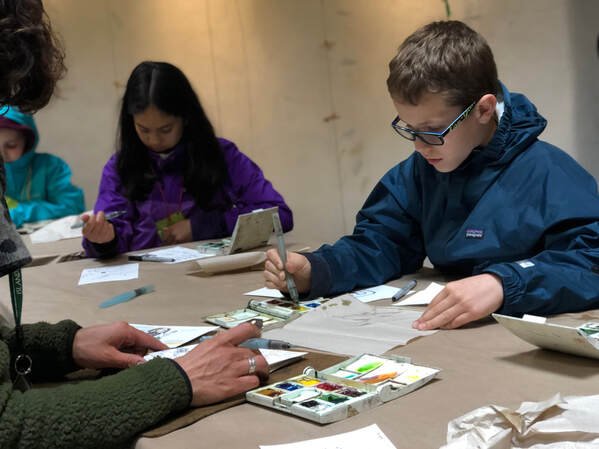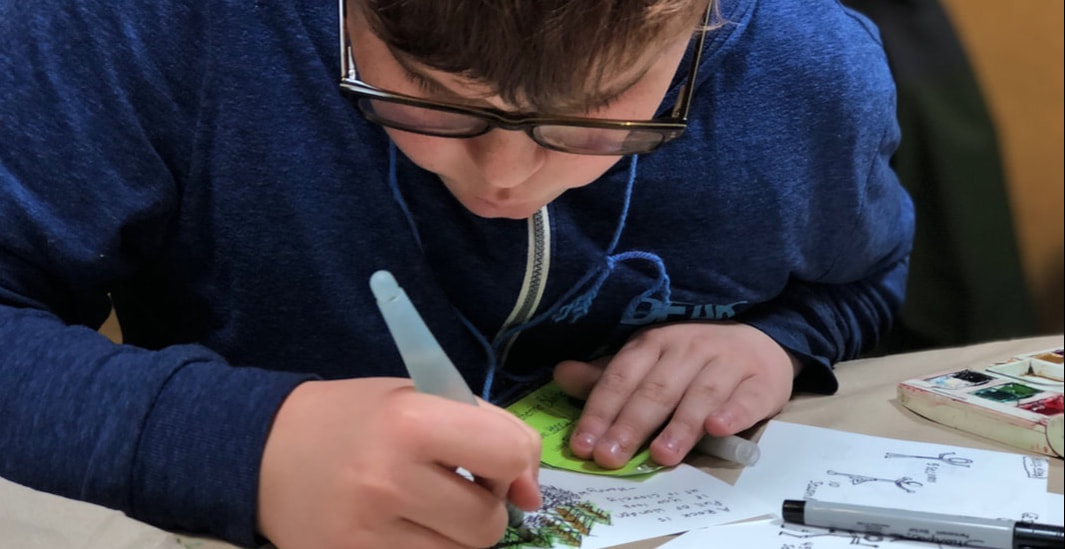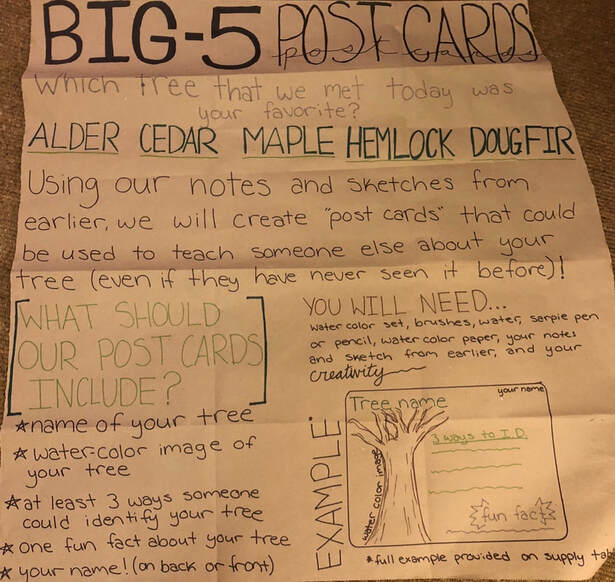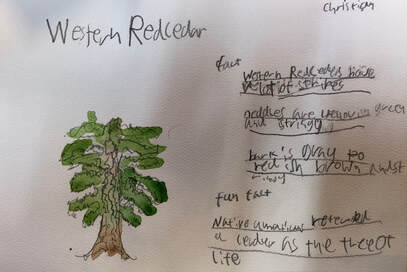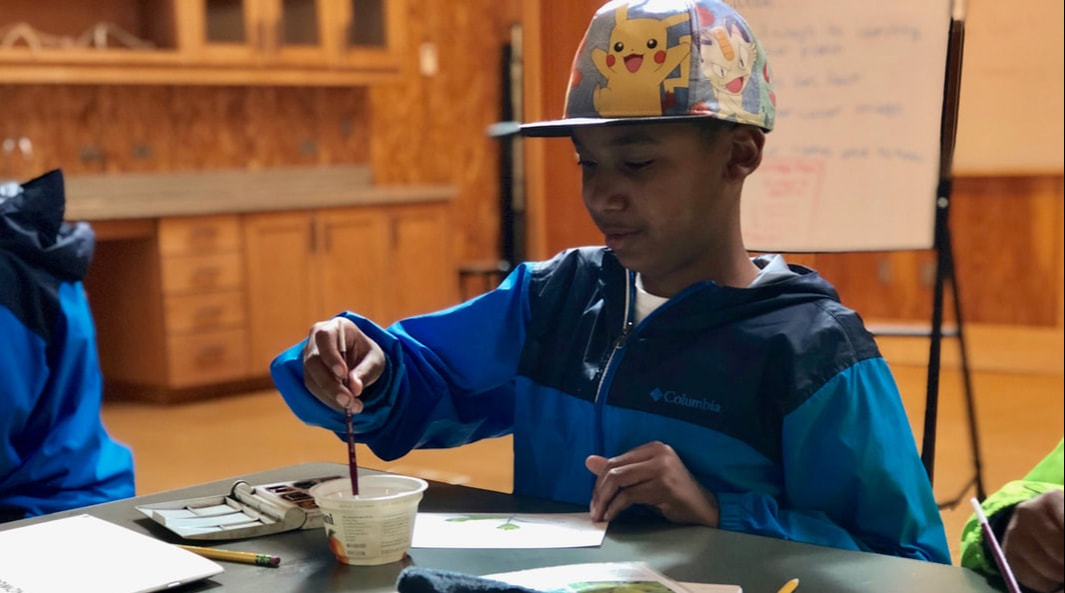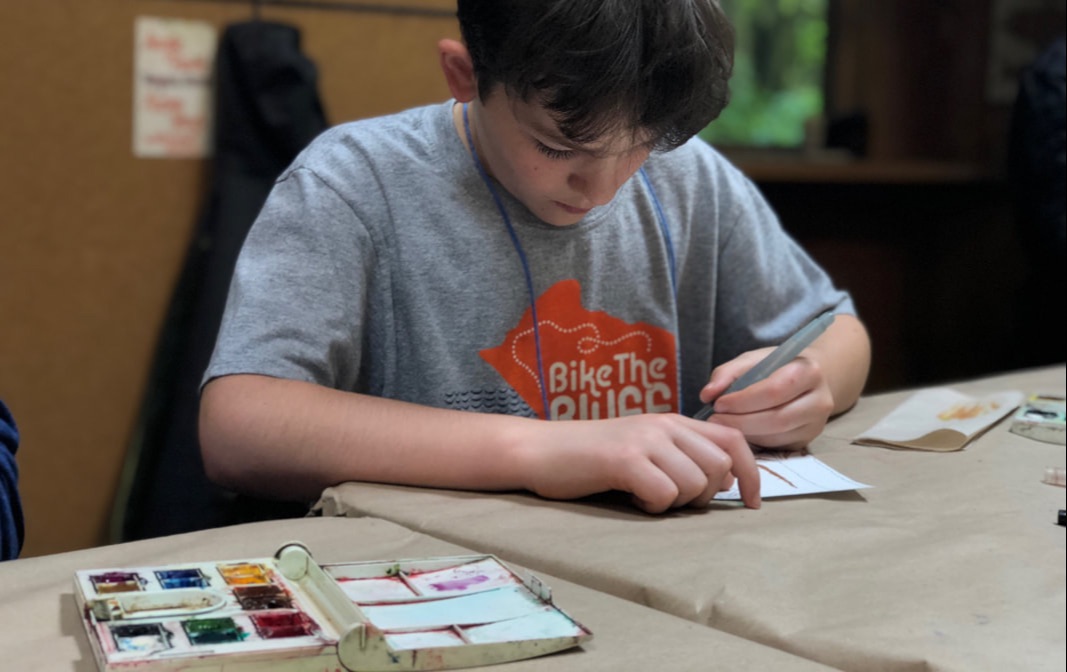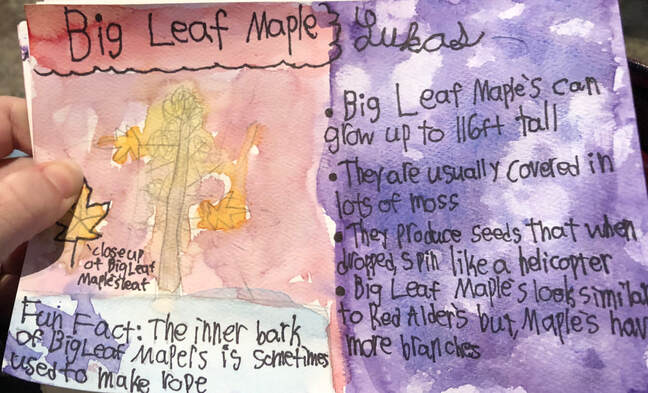What is Project-Based Learning?Buck Institute for Education defines Project Based Learning (PBL) as "a teaching method in which students gain knowledge and skills by working for an extended period of time to investigate and respond to an authentic, engaging, and complex question, problem, or challenge."
"Students work on a project over an extended period of time – from a week up to a semester – that engages them in solving a real-world problem or answering a complex question. They demonstrate their knowledge and skills by creating a public product or presentation for a real audience." "As a result, students develop deep content knowledge as well as critical thinking, collaboration, creativity, and communication skills." Project Based Learning in a Week Long Environmental Education experience
Project Based Learning during a one week program looks slightly different than it would in a traditional classroom setting. I chose to use PBL as a theme throughout the week, to help students see connections within their own learning.
|
|
Prior to surveying the trees, students are introduced to the species through a combination of photos and descriptions. Once students are successfully able to identify all five trees, students survey the number of a given tree within three areas- utilizing their notes and resources from the prior lesson.
|
|
Students are invited to create post cards that they could use to teach someone else about one of the "Big 5" trees, even if that person has never seen the tree before.
Prior to beginning student work, I demonstrate water color technique using the gradual release of responsibility model. |
I use arts integrated science lessons as a culturally responsive teaching strategy, providing an accessible entry point for content learning and helping students understand science in different ways.
|
Students are provided with clear written and verbal instructions, as well as examples of completed work. Additional scaffolding provided as needed. I differentiate instruction whenever possible, for example I provide additional instructions to students who are ELL, including instructions entirely translated into Spanish some students.
Written instructions provide an opportunity for students to return to as needed. |
